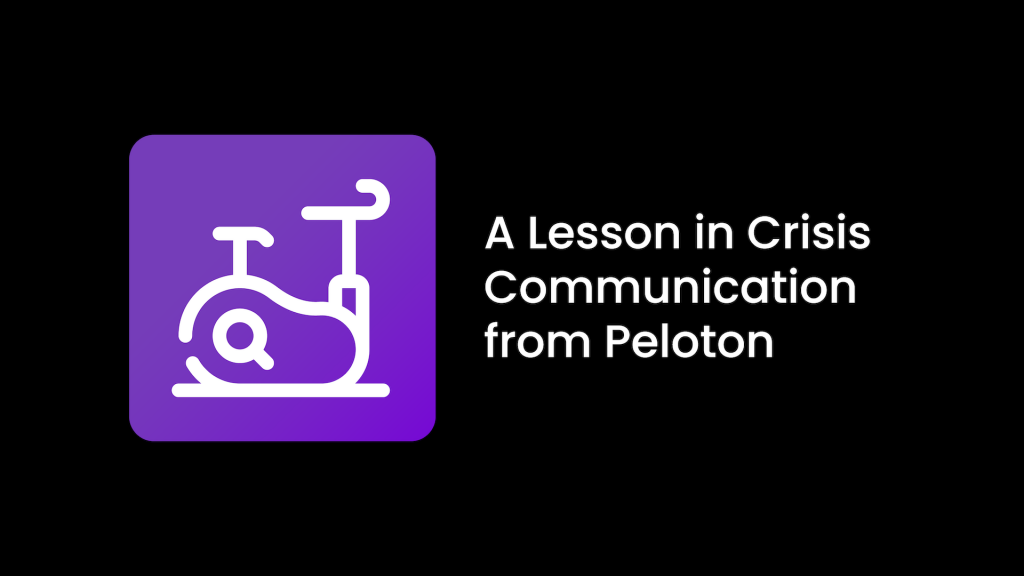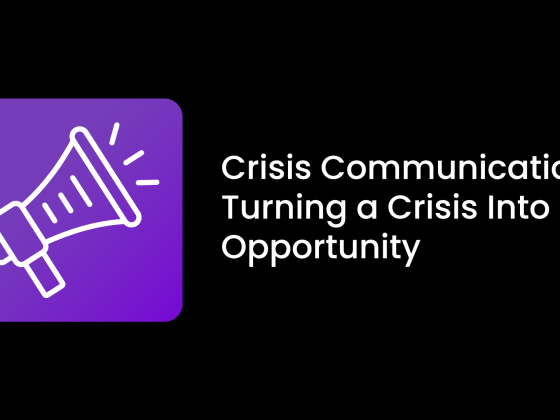This has been a rollercoaster year for fitness brand Peloton’s reputation and image. In March, after more than 70 safety incidents were reported, the U.S. Consumer Product Safety Commission (CPSC) urged the public to stop using the Peloton Tread and Tread+ treadmills if they had children or pets. One of those incidents led to the death of a six-year-old child. Peloton claimed the CPSC’s statement was inaccurate and misleading, and refused to recall any of their treadmills, stating that so long as customers were following directions properly, they should not have any safety concerns.
But in May, the company decided to recall the two $4,000+ models after consumers called for added safety features and guardrails for the products to prevent children or pets from becoming stuck under or injured by the product. Peloton CEO John Foley apologized to the CPSC for the company’s initial response and admitted that it should have been more proactive in ensuring no other users were injured by their products.
Clearly, the apology came too late. The mistakes that Peloton made during this two-month stretch greatly damaged the company’s reputation. Even though Peloton was not the only company linked to treadmill accidents, it got most of the heat mainly due to its problematic response to the claims.
From a crisis management standpoint, there are several lessons to be learned. Knowing how to respond to crises large and small is important for protecting your brand and reputation. Here are the key dos and don’ts to take away from Peloton’s mistakes:
Tell the truth. A good first reaction after making a mistake is to tell the truth, not to cover up bad facts or deny true claims. While it’s tempting to want to brush something under the rug and hope it gets ignored, it is never going to be an effective long-term solution. It’s always better to tell the truth up front and deal with the consequences than to have the truth revealed later, as well as the fact that you tried to cover it up.
Take responsibility. Taking responsibility for any negative effects of your product or service can help regain customer trust far sooner than if you deny the allegations. When you take responsibility, you can then start to promptly correct the issue. Peloton’s initial response to the CPSC served to angered people further and it was harder for them to recover after taking back their statement.
Make consumers feel valued. By waiting to recall their products, Peloton showed they valued sales and profits more than their customers’ safety. It should have been obvious that they needed to pay attention to the crisis as it unfolded. Listening to its own customers would have been a way to make things right from the start. There are several ways a brand can do this, for example through customer surveys, reviews and one-on-one conversations. This feedback should allow steps to be formulated to successfully fix the problem and, hopefully, prevent any future issues.
A good rule of thumb when dealing with crisis communication is to do what you know you’ll eventually have to do. Don’t hold off or wait, hoping a problem will resolve itself on its own.
rAVe [STORYTELLING] has proven success in crisis management for the AV industry. Contact us to learn more about our services.




